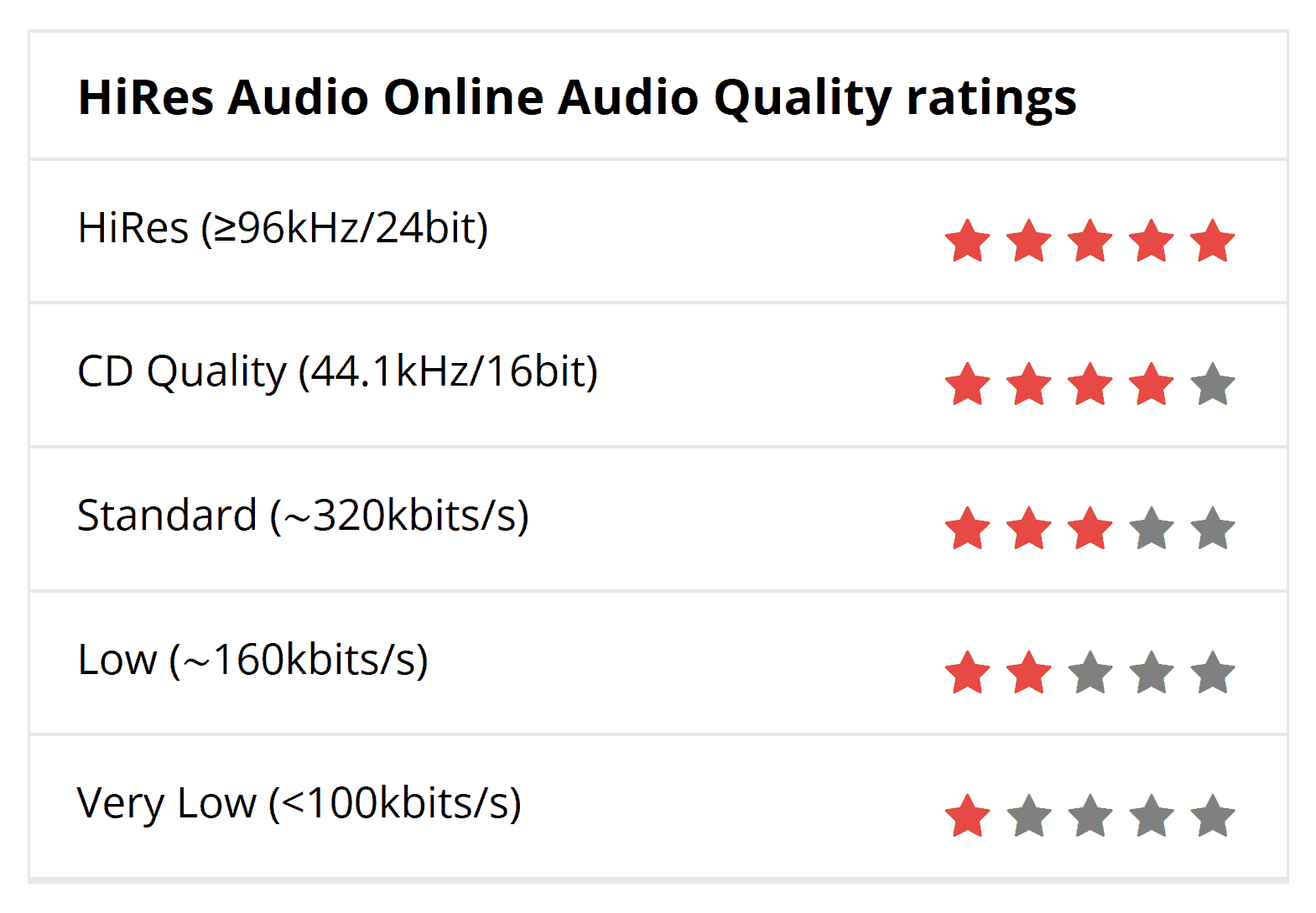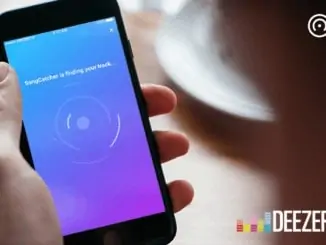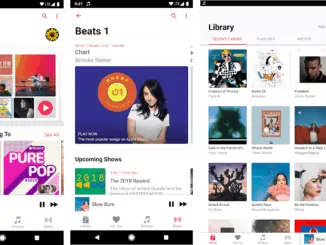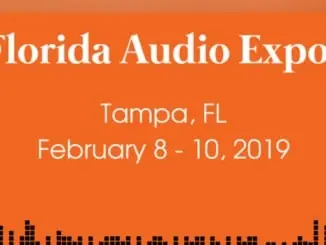Music streaming has seen a five-fold increase in value from 2012-2017 and now has a worldwide turnover of over $5bn annually. Not only has the popularity of streaming increased but we are now starting to see high quality streaming services which equal or in some cases surpass traditional hi-fi music sources for audio quality.
HiRes
This means 96kHz/24bit resolution or better and is currently the gold standard by which others are judged. Qobuz’s Sublime+ subscription delivers up to 192kHz/24-bit streaming on 70,000 albums and streams CD quality on the remainder of its catalogue. Sublime+ subscribers also enjoy a 30-60% discount on HiRes downloads bringing the cost down to that typically charged for an MP3. Qobuz recently announced that it will bring its HiRes streaming service to the USA in mid-2018 (Qobuz to launch HiRes streaming service in USA).
Fans of Neil Young can also hear most of his back catalogue in HiRes on the Neil Young Archive. This will be free till June 2018 when it is expected to change to a subscription site ‘at a modest cost’ according to the great man himself. (Neil Young streams back catalogue in HiRes)
TIDAL also offer 96kHz/24bit streaming using MQA technology (Master Quality Authenticated) on their premium HiFi subscription. MQA streams are packaged inside lossless containers such as FLAC, WAV or Apple Lossless reducing the bandwidth needed for true HiRes streaming. The downside is that it requires MQA compatible hardware, such as a music streamers and portable music players or software such as the TIDAL desktop app to decode the streamed MQA files.
CD Quality
This is 44.1kHz/16bit and is available via Qobuz’s Sublime and TIDAL Premium subscriptions.
Deezer has recently introduced a HiFi subscription and has 36 million tracks in CD quality available for streaming.
Specialist streamer Primephonic, a dedicated classical music service, offers 100,000 tracks in CD quality as well as offering a HiRes, CD and DSD64 download store for over 5000 classical albums.
Standard Quality
A real variety of bit-rates and file formats, some lossless and others lossy, with many streamers claiming that their particular combination gives the ‘highest quality v low bandwidth usage’. Many offer comparison streams or free trials and our recommendation is that if you can hear the difference go with the evidence of your ears – some types of lossy compression are more audible than others. If all you need is something to drown out the noise of a metro/underground train ride on a mobile on your way into work then higher bit-rates may not be for you.
Spotify’s Premium subscription streams Ogg Vorbis at 320kbits/s on their desktop app and Spotify Mobile’s Extreme setting for both iOS and Android is equivalent to approximately 320kbits/s. There are rumours that Spotify will introduce CD quality streaming soon but as yet the company hasn’t released any details.
Apple Music has a lower bitrate at 256kbits/s but uses the AAC codec which Apple claims gives a superior audio quality to Spotify.
Deezer’s streams MP3 at 320kbits/s on its standard streams with TIDAL offering AAC at 320kbits/s.
Google Play streams MP3 at ‘up to 320kbits/s’ and Amazon Music Unlimited/Prime offers variable bit-rates up to 256kbits/s.
Low Quality
Bit rates around 160kbits/s. Spotify desktop app’s standard quality is Ogg Vorbis 160kbit/s as is their Spotify Mobile High setting.
Very Low Quality
Bit rates less than 100kbits/s. Spotify’s Mobile Normal setting is equivalent to approximately 96kbit/s.
Streaming Reviews
HiRes Audio Online aims to be transparent in its criteria for reviewing music streaming quality and our Audio Quality star ratings are in the table below:





